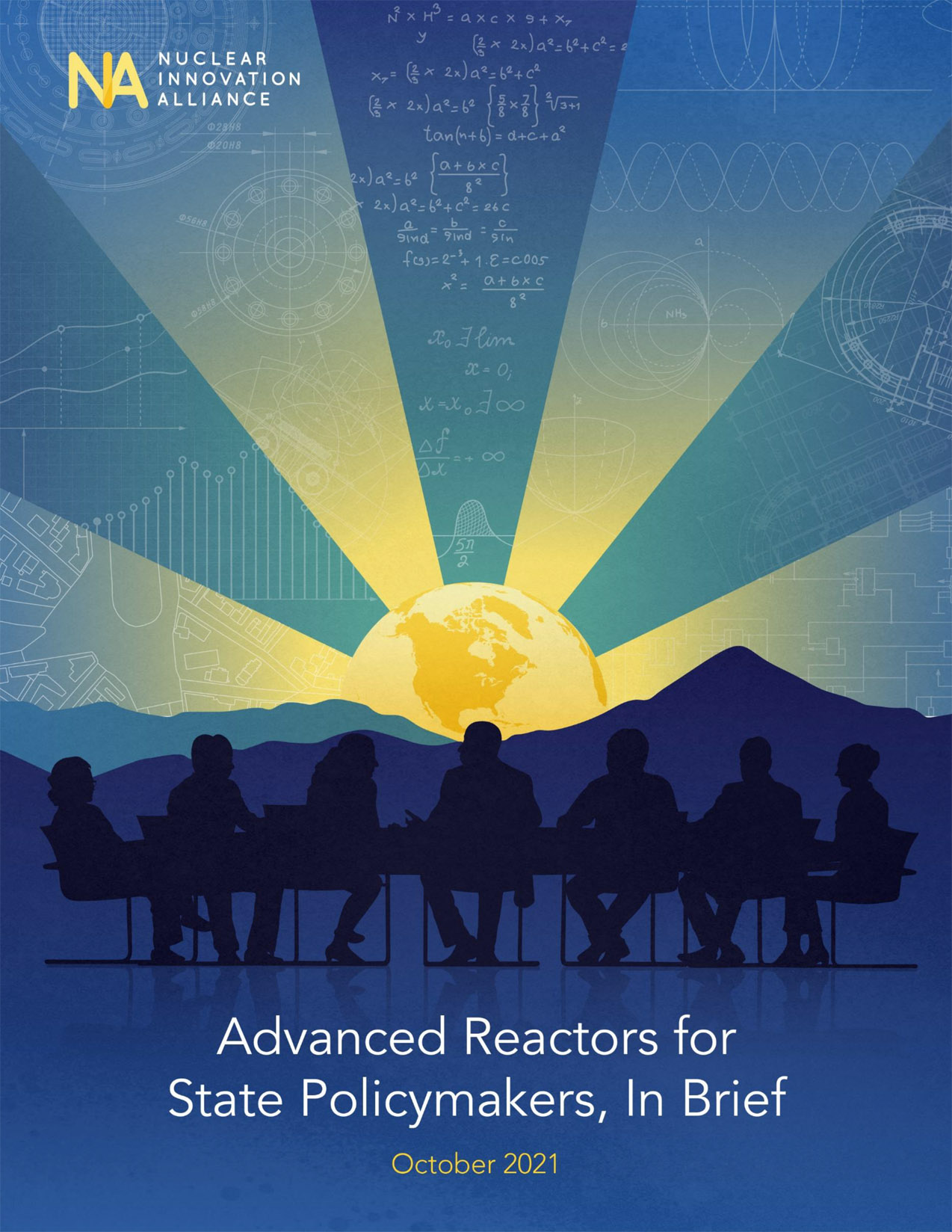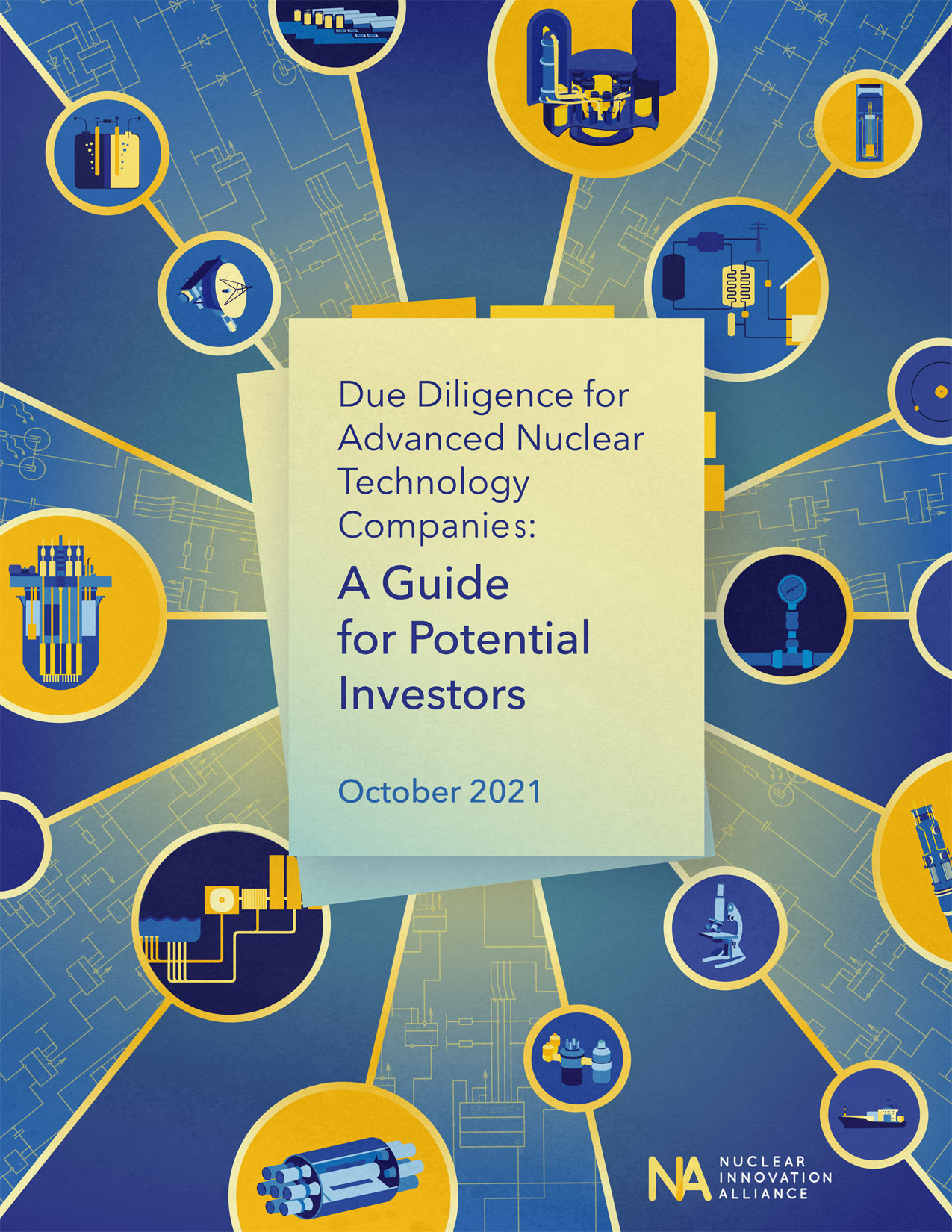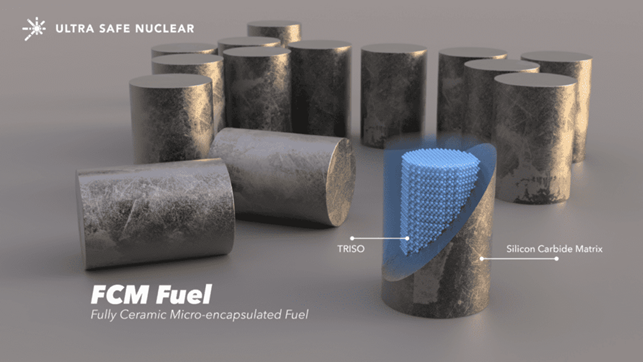Artist’s rendering of the IMSR Core-Unit. (Credit: Terrestrial Energy)
In the ongoing quest to mitigate the effects of climate change, new technology can create new solutions. Even today, however, coal is still a main source of power around the globe, often out of necessity. Many coal-burning plants have already been converted for gas or biomass, but these measures alone are not nearly enough to meet net-zero carbon goals. There is a better solution, however: repowering coal plants with nuclear technology—specifically, Generation IV reactors.
Artist's rendering of Shin-Hanul Units 3 and 4. (Image: KHNP)
South Korea’s new president, Yoon Suk-yeol, appears to be following through on his campaign pledge to reverse the previous administration’s domestic nuclear phaseout plan. Earlier this month, Yoon’s Ministry of Trade, Industry, and Energy announced a new direction for the nation’s energy policy—one that calls for, among other things, a reembrace of nuclear power. A further announcement on the subject last week provided additional details.
François-Philippe Champagne, Canada’s minister of innovation, Science, and Industry (center, foreground), visited Westinghouse Electric Canada’s Burlington, Ontario, facility for the March 17 announcement. (Photo: Westinghouse)
The Canadian government has announced an investment of C$27.2 million (about $21.6 million) in Westinghouse Electric Canada to support the development of the company’s eVinci microreactor technology.
François-Philippe Champagne, Canada’s minister of Innovation, Science, and Industry, made the announcement on March 17 during a visit to the company’s Burlington, Ontario, facility.
The Tihange nuclear power plant in Belgium. (Photo: Electrabel)
Belgium’s seven-party coalition government this morning announced via press conference a tentative agreement to close the nation’s two nuclear power plants by 2025, confirming a commitment made in October of last year when it took office. Plant closures are scheduled to begin in 2022.
eVinci micro reactor core, (Illustration: Westinghouse)
A recently completed feasibility study by Westinghouse Electric Company and Bruce Power concludes that the eVinci microreactor is capable of providing cost-competitive clean energy to decentralized, off-grid markets in Canada.
An artist's rendering of the NuScale plant. Image: NuScale
Portland, Ore.–based NuScale Power has announced the signing of a memorandum of understanding with the Grant County Public Utility District (Grant PUD) to evaluate the deployment of NuScale’s advanced nuclear technology in central Washington state.
Artist’s conception of the UK SMR consortium’s small modular reactor. (Image: Rolls-Royce)
The UK SMR consortium last week revealed the latest design and power upgrade—from 440 MW to 470 MW—for its proposed small modular reactor. According to the consortium’s lead company, Rolls-Royce, the “refreshed” design features a faceted roof, an earth embankment surrounding the reactor to integrate with the landscape, and a more compact building footprint.
Artist’s rendering of Kairos Power’s KP-FHR reactor. (Image: Kairos Power)
The Tennessee Valley Authority and nuclear technology and engineering company Kairos Power this morning announced plans to collaborate on the deployment of the latter’s low-power demonstration reactor, dubbed Hermes, at the East Tennessee Technology Park (ETTP) in Oak Ridge, Tenn. TVA will provide engineering, operations, and licensing support to help Kairos with deployment, according to the announcement.
Fully ceramic microencapsulated fuel. Image: USNC
Canadian Nuclear Laboratories (CNL) announced last week that it has fabricated fully ceramic microencapsulated (FCM) fuel pellets, a proprietary reactor fuel designed by Ultra Safe Nuclear Corporation (USNC) for its Micro Modular Reactor (MMR). The FCM project, funded through the Canadian Nuclear Research Initiative (CNRI), represents the first time that tristructural isotropic (TRISO) fuel has been manufactured in Canada, according to CNL.
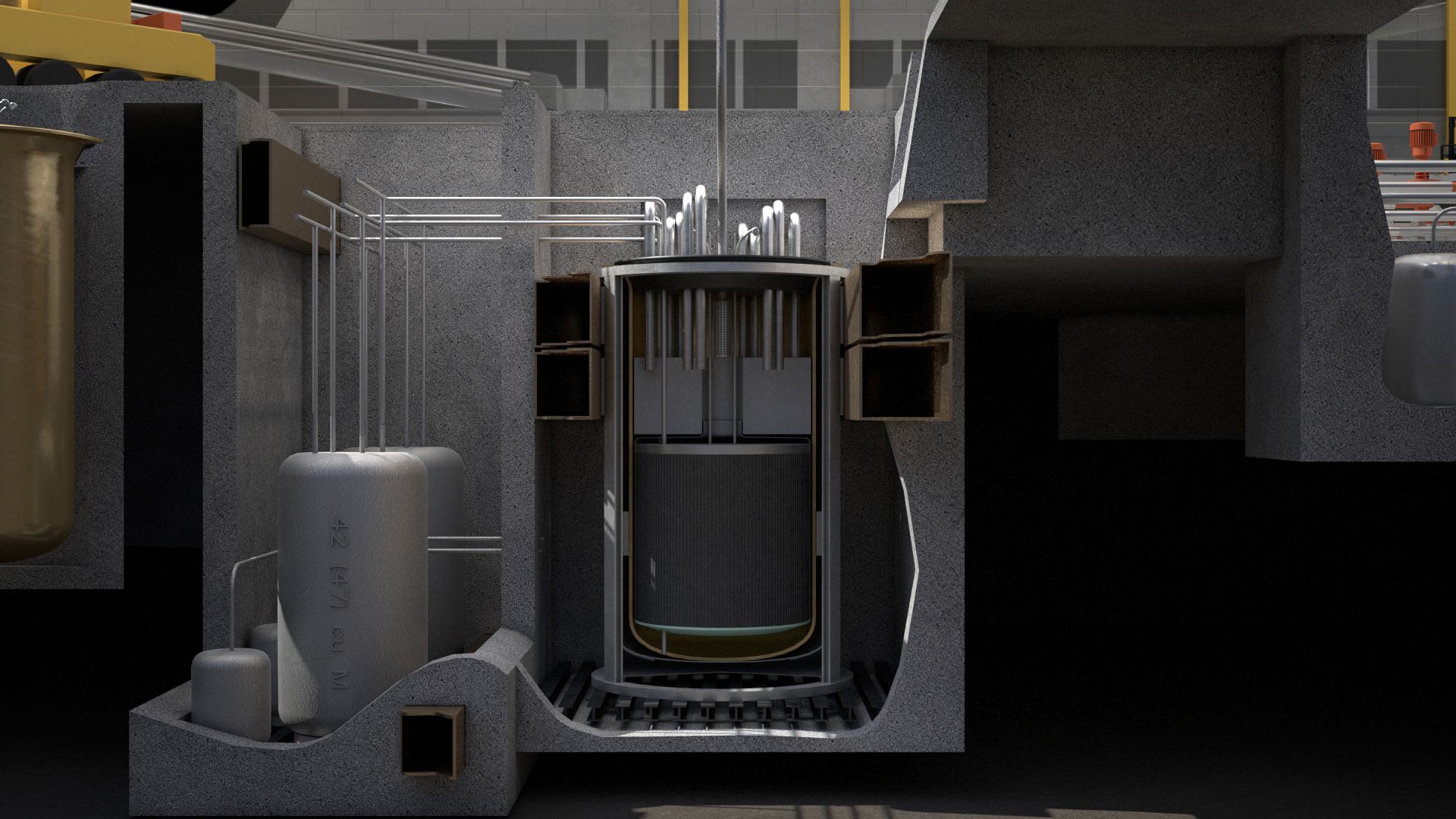

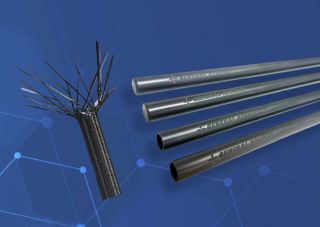

.jpg)




